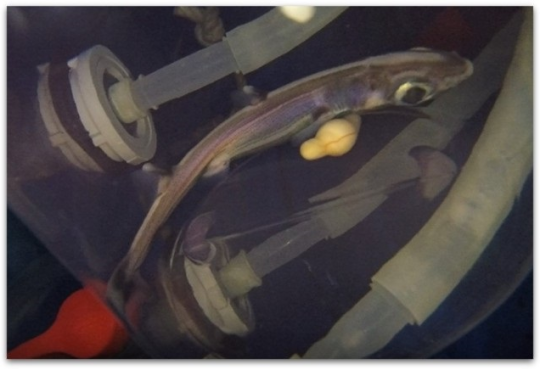
2019 Gulf of Mexico isopods filmed devouring dead alligators deliberately submerged by scientists.
Scientists recently discovered a huge Isopod off the coast of Mexico, and after studying its anatomy and DNA, they determined that the crab they caught was a completely new species.
Deep-sea isopod crustaceans usually live on the sea floor and feed on carrion and detritus on the ocean floor. In 2019, Gulf of Mexico isopods made headlines after they were filmed swallowing dead alligators that scientists had deliberately submerged; at 51 days, only spines and skulls remained from the carcasses of the reptiles.
A recent study described Bathynomus yucatanensis, a giant isopod subspecies that can grow up to half a meter – from an elongated head to a curved tail. The team’s work is published in the Journal of Natural History.
“It is increasingly apparent that Bathynomus species can be remarkably similar and that there is a long history of species misidentification,” the researchers wrote.
Their gigantism may be due to adaptation to their habitat, as seen in Japanese spider crabs, paddlefish and the largest species of squid.

The research team compared the new isopod species to their closest relatives in the Gulf. They found that B. yucatanensis is thinner and slightly shorter than its relatives and has more spines protruding from its tail. The newly discovered species is also yellower than its closest relatives, which are white-translucent.
Genetic analysis also supported the designation of a new species, as the creature’s DNA is more similar to the giant isopod B. giganteus than to another Gulf species, B. maxeyorum.

In addition to identifying the new isopod, the researchers also discovered that a species of isopod in the South China Sea has historically been misidentified as a species living further south, in the Coral Sea off Australia.
The research complicates our picture of giant isopods as it concludes that they have incredible diversity within their ranks.








